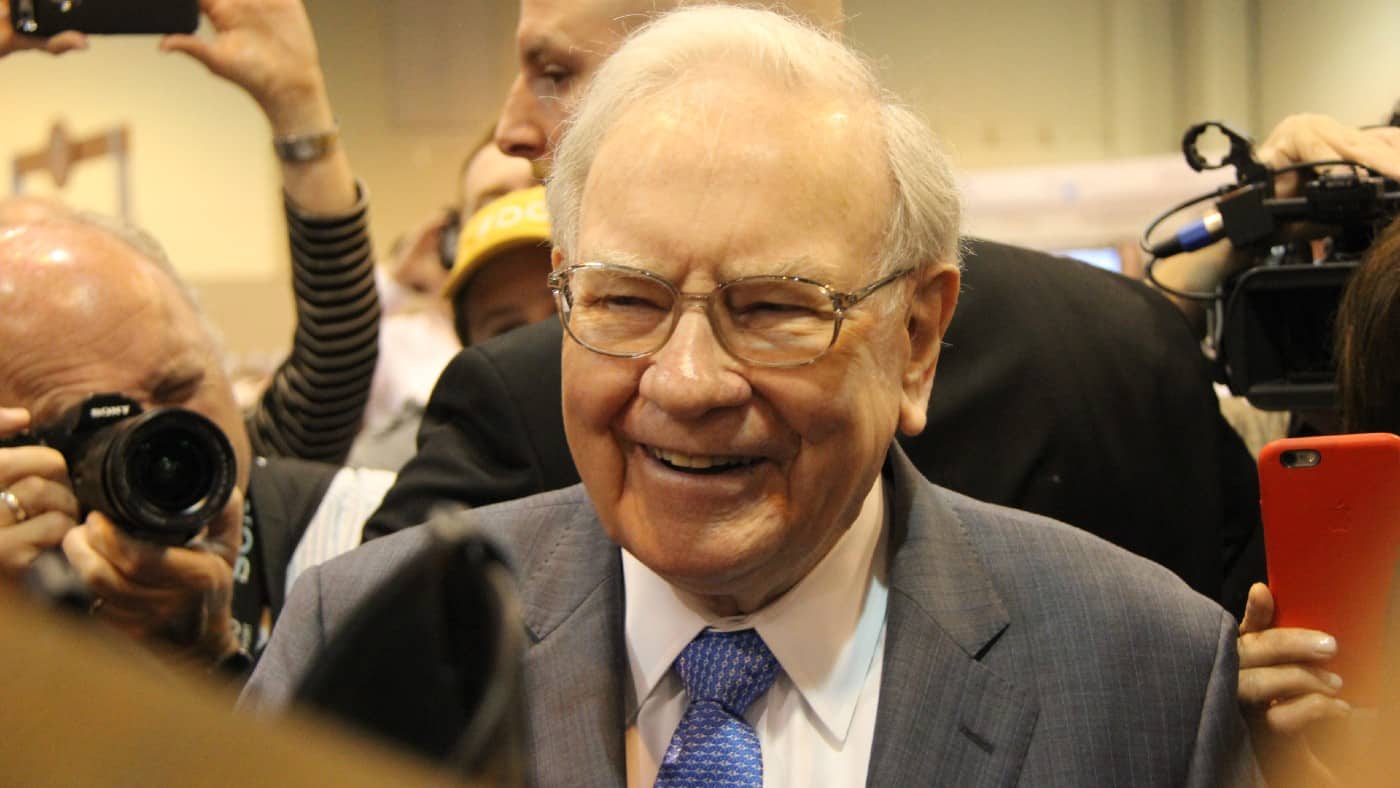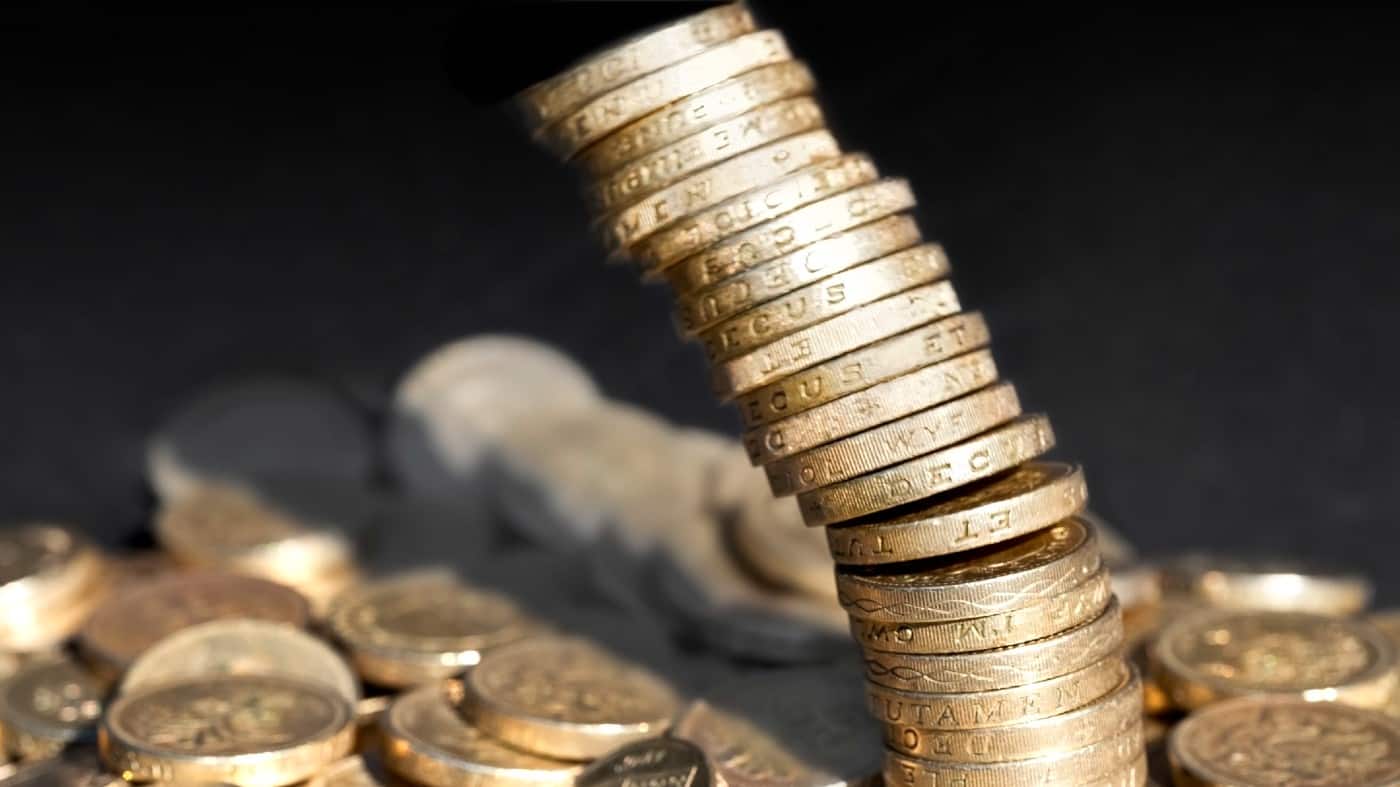Image source: Getty Images
Barclays’ (LSE: BARC) share price is down 5% from its 1 August 12-month traded high of £2.41.
This is a rare recent dip in a stock that has risen 80% from its 30 October one-year traded low of £1.28.
Consequently, I think it may be a good time to consider buying the shares, depending on the priorities of the individual investor.
What caused the high on 1 August?
The shares hit their 12-month peak following the release of the bank’s H1 2024 results. These aligned with its three-year plan broadly aimed at boosting its performance and delivering higher returns for shareholders.
More specifically, Barclays is targeting a return on tangible equity (ROTE) of 12%+ in 2026. It also intends to pay out £10bn+ to shareholders from now to the end of that year through dividends and share buybacks.
H1 2024 showed statutory ROTE at 11.1% — ahead of this year’s target of 10%. It also increased its interim dividend to 2.9p a share from 2.7p in the same period last year. This brought its total dispersals to shareholders over the period to £1.2bn, including a £750m share buyback.
Strong growth ahead?
Looking forward, a key risk for Barclays is a decline in net interest margins (NIM) as UK interest rates fall. The NIM is the difference between the rate charged on bank loans compared to deposits.
That said, consensus analysts’ estimates are that its earnings will grow 12.6% every year to end-2026. Earnings per share are expected to increase 16.7% a year to that point. And return on equity is projected to be 12%.
Much of this is anticipated to come from the bank’s strategy to create a “Simpler, Better and More balanced” business.
The H1 2024 results confirmed the sale of its non-priority German consumer finance operation to cut costs where appropriate. Overall in the half, it made gross cost efficiency savings of £0.4bn. It is on course to deliver around £1bn of these this year.
The firm also highlighted that it is on track to complete the acquisition of Tesco Bank in November.
Are the shares undervalued?
On the key price-to-book (P/B) ratio measure of stock valuation, Barclays is joint bottom of the list alongside Standard Chartered – at 0.5.
This is cheap compared to the average 0.7 P/B of its competitors, comprising NatWest and Lloyds at 0.8, and HSBC at 0.9.
The same applies to the key price-to-sales ratio, with Barclays (and Standard Chartered) at 1.5 against a peer group average of 2.1.
To ascertain how much of a bargain it is in cash terms, I ran a discounted cash flow analysis. This shows the stock to be 62% undervalued at the current price of £2.30.
So a fair value for the shares would be £6.05. They may go lower or higher than that, but it highlights how much of a bargain they look.
Will I buy the stock?
Barclays does not have a high enough yield for me at my late stage in the investment cycle, so I will not buy it.
That said, earnings growth powers a company’s share price and dividends higher, and I expect this will occur with Barclays.
So, if I were 10 years younger, I would buy the shares for their extreme undervaluation and the bank’s strong growth prospects.
Credit: Source link














